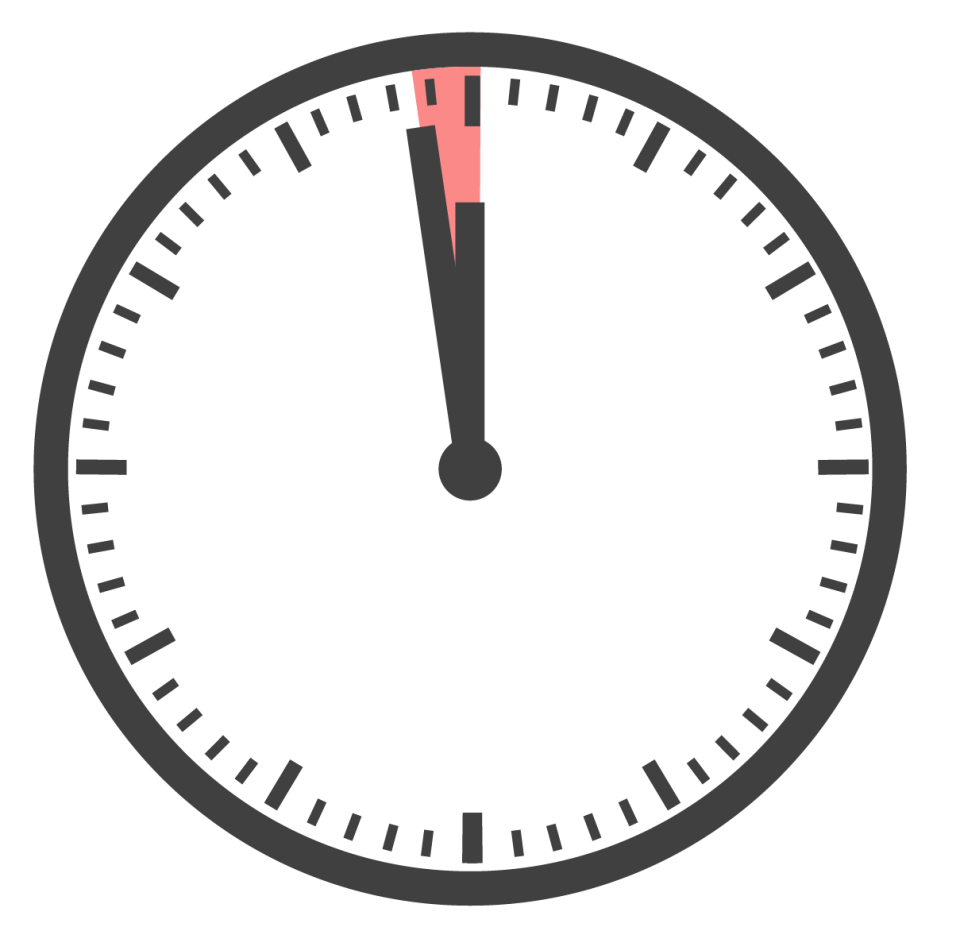Doomsday Clock 2024 time update has dire warnings of nuclear war, climate change and AI
The experts who maintain the ominous Doomsday Clock said Tuesday that humanity is still as close as ever to global catastrophe, which could involve nuclear war, climate change, or maybe even artificial intelligence.
The time on the symbolic clock is the same as last year when the Doomsday Clock was first set at 90 seconds to midnight, the closest to midnight the clock has ever been.
The Doomsday Clock is a metaphor for how close humanity is to self-annihilation, according to the Bulletin of the Atomic Scientists, which has maintained the clock since 1947. The group was founded in 1945 by University of Chicago scientists who had helped develop the first nuclear weapons in the Manhattan Project.
The clock remained at the same time as last year due to the continued heightened levels of risk from threats such as ongoing wars and out-of-control climate change. This year, experts also said they were especially worried about how advances in artificial intelligence could sow chaos, making it harder to prevent global disasters.
The scientists created the clock using the imagery of the apocalypse (midnight) and the contemporary idiom of nuclear explosion (countdown to zero) to convey threats to humanity and the Earth.
Tuesday marks the first update to the clock since the start of the Israel-Hamas war and the second since Russia's invasion of Ukraine renewed fears of global nuclear war.
What time is the clock set now?
The clock is set at 90 seconds to midnight, the closest the clock has been to midnight in its history. Midnight is the moment that symbolizes Doomsday.

Why is the clock still set at 90 seconds to midnight?
The clock remained the same time as last year "because humanity continues to face an unprecedented level of danger," the Bulletin of the Atomic Scientists said in a statement.
"Our decision should not be taken as a sign that the international security situation has eased. Instead, leaders and citizens around the world should take this statement as a stark warning and respond urgently, as if today were the most dangerous moment in modern history. Because it may well be."
Opinion: Doomsday Clock says we're the closest we've been to apocalypse. We need to move faster.
AI is a threat
According to the scientists who set the clock, one of the most significant technological developments in the last year involved the dramatic advance of artificial intelligence. This advance is a concern:
"AI has great potential to magnify disinformation and corrupt the information environment on which democracy depends," the group warned. "AI-enabled disinformation efforts could be a factor that prevents the world from dealing effectively with nuclear risks, pandemics, and climate change."
Who decides the time on the Doomsday Clock?
The Doomsday Clock is set each year by the 22 members of the Bulletin's Science and Security Board in consultation with its Board of Sponsors, which includes 11 Nobel laureates.
Each year, the board members are asked two questions:
◾ Is humanity safer or at greater risk this year than last year?
◾ Is humanity safer or at greater risk compared to the 77 years the clock has been set?
This year, the board considered "multiple global threats, including disruptive technologies like AI, the proliferation of nuclear weapons, the Russia-Ukraine war, the Israel-Hamas war, bio-threats, the continued climate crisis, and state-sponsored disinformation campaigns," the Bulletin said in a statement.
Why is the Doomsday Clock so prominent?
Over the years, the clock has been referenced by the White House, the Kremlin and the leadership of many other nations. Robert Oppenheimer and Albert Einstein were on the Bulletin's Board of Sponsors, and John F. Kennedy and Richard Nixon wrote pieces for the magazine.
Though not everyone agrees with the clock's settings, it is generally respected for the questions it asks and for its science-based stance.
This article originally appeared on USA TODAY: Doomsday Clock 2024 time set to 90 seconds to midnight: What to know

